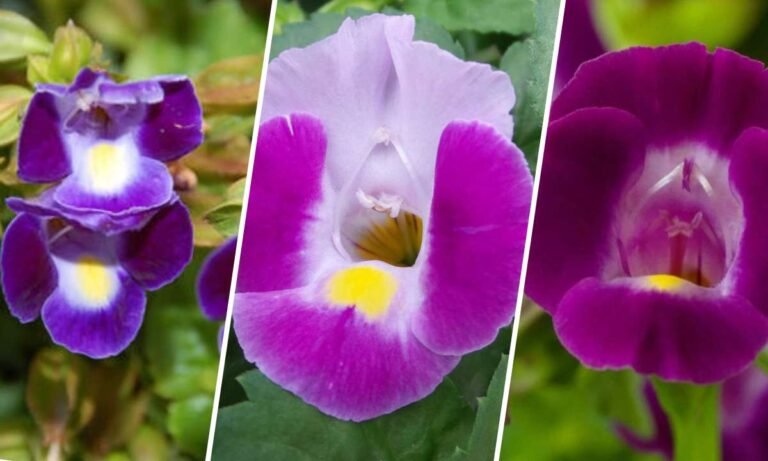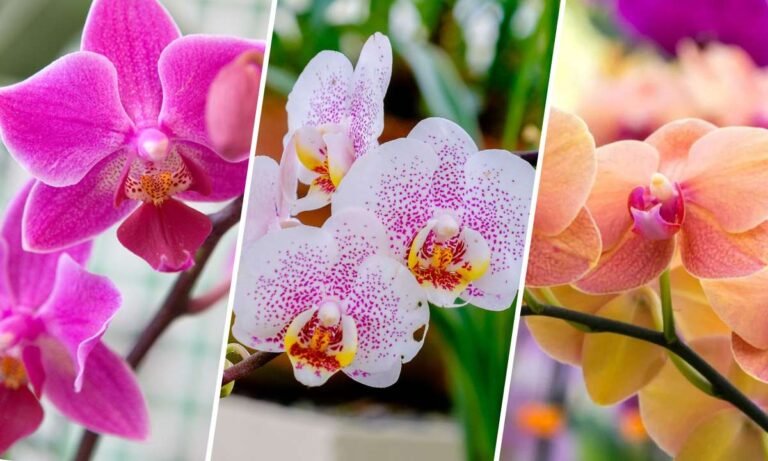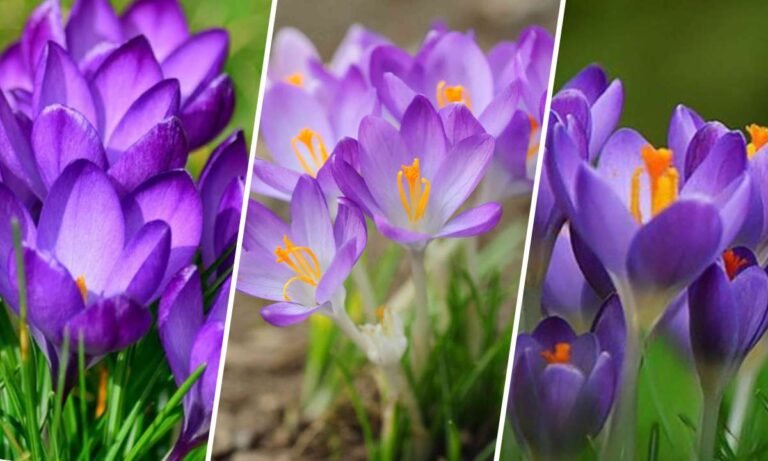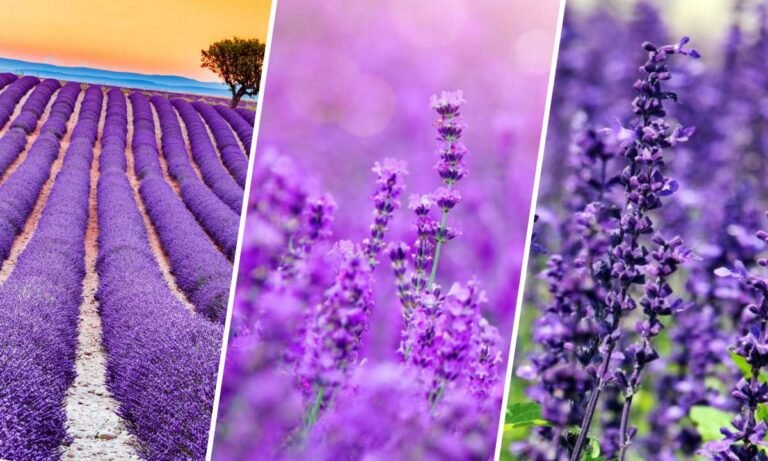The violet flower, with its delicate petals and captivating fragrance, has charmed people throughout history. Known for its beauty and deep symbolism, violets hold significant meanings across various cultures and times. In this article, we explore the origins, meanings, and symbolism of violets in a detailed journey that aims to engage and inform readers.
Origins and Etymology of the Violet
The name “violet” comes from the Latin word “viola,” which means violet or purple. Botanically known as Viola, violets encompass a wide range of species within the Violaceae family. Violets trace their roots back to ancient Greece and Rome, where they were prized for their beauty and medicinal properties.
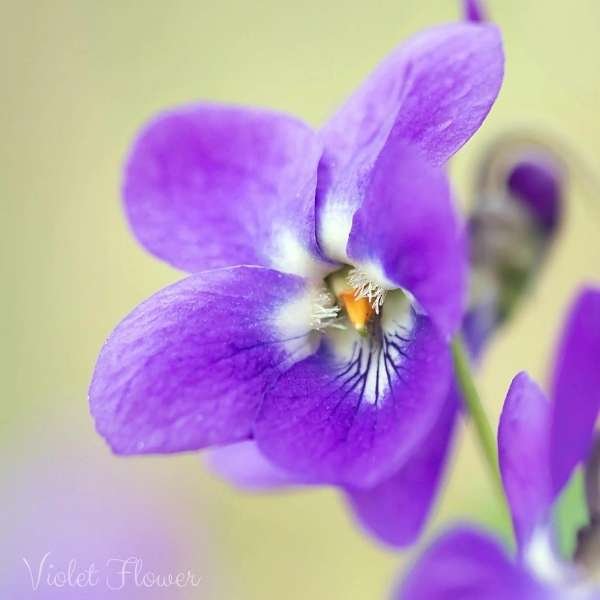
Symbolic Meanings of the Violet
Modesty and Humility: Violets are often associated with modesty and humility due to their small, unassuming flowers. They symbolize understated beauty and humility in literature and art.
Faithfulness and Loyalty: These flowers also represent faithfulness and loyalty. Their ability to thrive in various conditions symbolizes steadfastness and unwavering commitment, often expressing deep affection and loyalty.
Spiritual Wisdom: In many cultures, violets are linked to spiritual wisdom and enlightenment. Their purple hue is associated with higher consciousness and mystical insight, making them significant in spiritual and religious contexts.
Historical Significance of the Violet
Ancient Civilizations: Violets were revered in ancient times. According to Greek mythology, Zeus created violets to console Io, one of his lovers, imbuing the flower with associations of love and protection. Romans used violets in wine, believing it could prevent drunkenness and impart strength.
Medieval Europe: During the Middle Ages, violets were prized for their medicinal properties, believed to cure headaches, dizziness, and heart ailments. Monasteries cultivated violets for medicinal use and as ornamental plants.
Modern Usage: Today, violets remain beloved for their beauty and symbolic meanings. They are popular in gardens, floral arrangements, and artistic motifs, cherished for their associations with modesty and loyalty.

Different Varieties of Violets and Their Meanings
Common Blue Violet: Symbolizes faithfulness and enduring love, often used to convey sincere affection.
Sweet Violet: Known for its fragrance and delicate appearance, symbolizes modesty and humility.
Dog Violet: Represents spiritual wisdom and resilience, admired for its ability to thrive in diverse conditions.
Violet Flower in Art and Literature
Violets have inspired countless artworks and literary works. Shakespeare’s “A Midsummer Night’s Dream” features violets in a love potion, emphasizing their association with romance and enchantment. In visual art, violets symbolize natural beauty and modesty in still life paintings and garden scenes.
Cultural Significance of the Violet
Western Cultures: Violets are symbols of modesty and loyalty in Western cultures, often used in springtime celebrations and weddings to signify faithful love.
Eastern Cultures: In Eastern traditions, violets may symbolize spiritual wisdom and resilience, appreciated for their beauty and ability to thrive in various environments.
How to Grow and Care for Violets
Violets are relatively easy to grow and care for, thriving in well-drained soil with partial shade. Plant them in early spring or fall, ensuring they have space to grow. Regular watering is essential, but avoid overwatering to prevent root rot. Deadheads bloom to encourage new growth and maintain plant health.
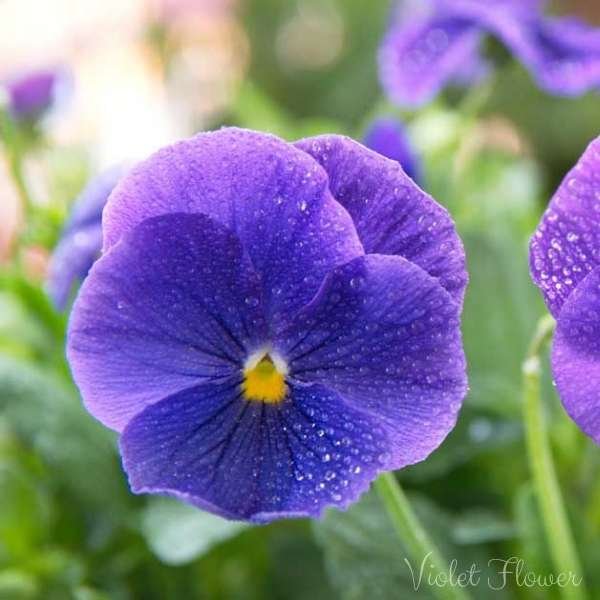
Conclusion
The violet flower symbolizes modesty, faithfulness, and spiritual wisdom. Its rich history, diverse meanings, and enduring allure make it a cherished addition to gardens and floral displays worldwide. Whether you’re a gardener, a nature enthusiast, or simply appreciate beauty, violets continue to inspire and delight as timeless symbols of nature’s grace.

